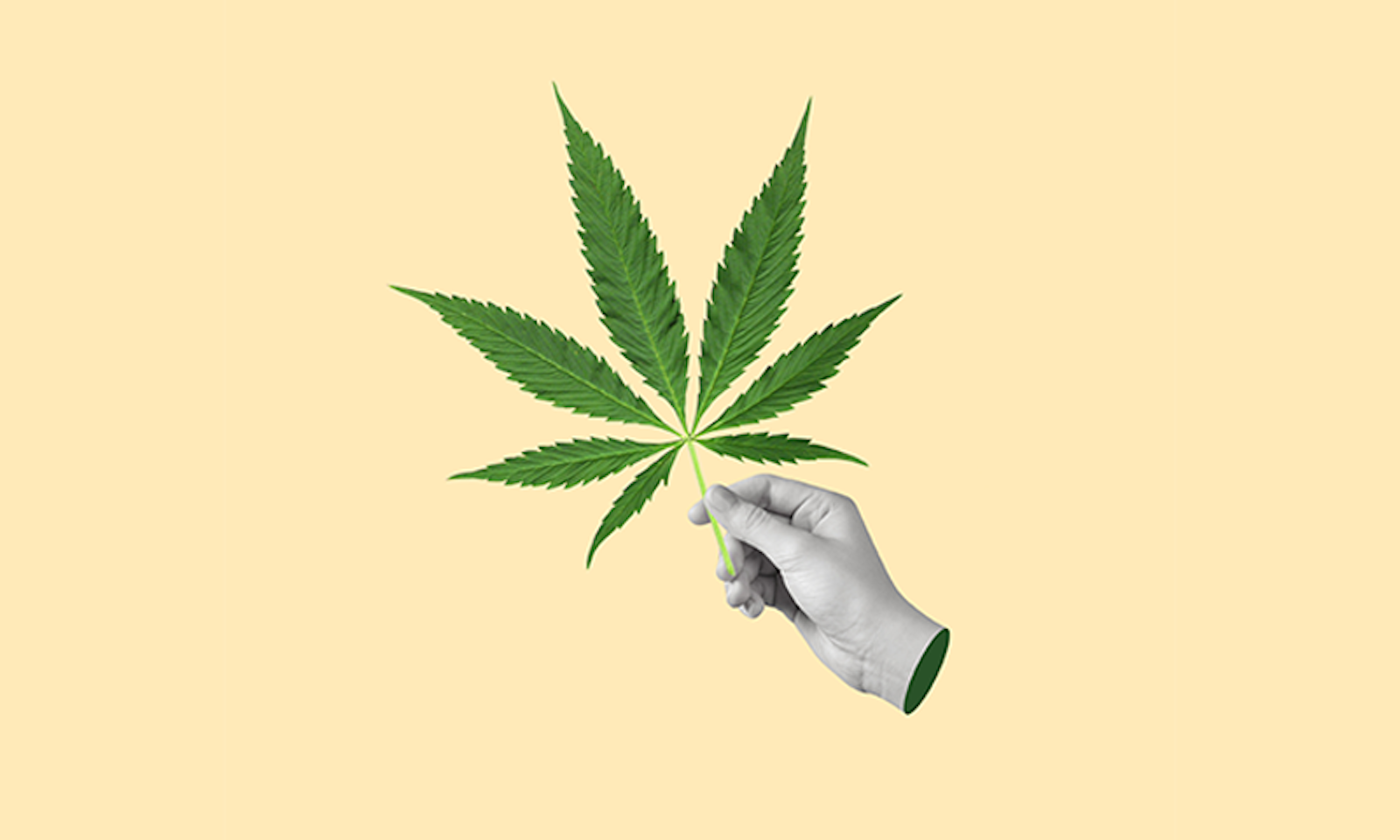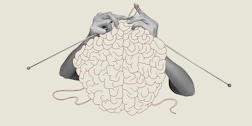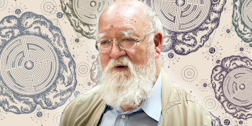Famous rapper Snoop Dogg is well known for his love of the herb: He once indicated that he inhales around five to 10 blunts per day—extreme even among chronic cannabis users. But the habit doesn’t seem to interfere with his business acumen: Snoop has sold 35 million albums across the globe and has collaborated extensively with numerous other successful celebrities, including domestic doyenne Martha Stewart.
He’s hardly alone in his cannabis hobby. In Canada, where I live and work, about 9 percent of residents use cannabis three or more times per week. With increasing social acceptance, legalization, and retail availability, these numbers are likely to rise. Yet despite this prevalence, we know remarkably little about how chronic use affects people’s emotions and motivation.
What really are the effects of frequently getting high? That’s what my colleagues and I from the University of Toronto and Osgoode Hall Law School recently set out to answer. Our new study of chronic cannabis use in everyday life, forthcoming in Social Psychological and Personality Science, challenges entrenched stereotypes of chronic users as lazy, low-achieving, and indifferent ne’er-do-wells.
People were just as willing to exert effort when they were high as when they were not.
We recruited 260 participants from online cannabis forums for the study. They used cannabis on average five to six times per week, and a minimum of three times a week, providing a glimpse into chronic use. The group, primarily male (76 percent), included a mix of white (56 percent) and Black (38 percent) individuals, with a majority living in the United States (65 percent) and the rest in Canada (35 percent).
To capture the essence of cannabis experience in real life, we used what psychologists call an experience-sampling approach: Participants were randomly surveyed five times per day over seven days about whether they were high, and about their emotions, motivations, and abilities to self-regulate.
We wanted to collect data on people’s thoughts and feelings as they were going about their daily lives, as opposed to in a clinical setting. We were also interested in comparing chronic users with different rates of use—several times a week versus several times a day—and changes in the experiences of each individual when high versus sober. By contrast, many other studies of chronic cannabis use have compared cannabis users to non-users—but these groups may differ in myriad other ways, such as personality, neurological makeup, and mental health profiles, that could influence the results.
Our study participants reported being high 64 percent of the times we asked, mostly from smoking dried cannabis. They listed numerous reasons for getting high, but the primary reason was that they liked the feeling. Surprisingly, users also frequently reported using the herb to help them concentrate and focus.
The study’s results challenge the common belief that cannabis use flattens one’s emotional curve. In fact, it seemed to heighten emotions among our study subjects, but how this played out depended on how frequently they used the drug. Those who got high two to four times a week reported increases in positive emotions—greater awe, silliness, happiness, inspiration, even love—while they were high. They also said they felt less scared and less stressed while high.
However, the picture was different for the heaviest users—those who got high multiple times a day. These heavy users reported feeling greater levels of negative emotions in daily life compared to the moderately frequent users—including feelings of embarrassment, disgust, and guilt—both when high and when sober. It is difficult to know from our study results which came first: Did the negative emotions precipitate the more frequent use of cannabis, or did increased cannabis use lead to more negative emotions?
Our results also undercut the myth of the unmotivated cannabis user. We found that being high did not make participants less motivated than when they were sober. According to self-reports, those who used cannabis several times a day tended to be even more motivated than less frequent users to complete tasks to obtain rewards and social approval and to avoid guilt.
Given questions about whether self-report is a valid measure for motivation or other psychological features, we also used a more objective measure of motivation, gauging how willing participants were to exert mental effort for the prospect of some reward. Study subjects were asked during each time sampling to make choices about which of two tasks to perform—an easy number sorting task for little compensation, or a harder number-sorting task for more compensation. Being high had no impact: Our participants were just as willing to exert effort for compensation when they were high as when they were sober.
But there were a couple of areas where the impact of chronic cannabis seemed less benign: self-regulation—which is generally defined as the ability to manage one’s actions and to set, monitor, and follow-through on goals—and conscientiousness. Psychologists have long lauded the positive effects of self-regulation and conscientiousness for happiness, health, and productivity. When our study subjects were high, they reported being more impulsive, less organized, more willing to lie to get what they wanted, and less willing to follow rules—though effect sizes were small.
In all, our findings prompted us to revise how we view cannabis users. As people become more accepting of cannabis use, studies like ours, rooted in science rather than misconception, could inform future policies about consumption. Not every chronic user is as checked out as The Dude of The Big Lebowski fame. ![]()
Lead art: Elenyska / Shutterstock





















